ganjaballz
Active Member
After request from a couple of respected members here at 420, I've copied my grow journal from another site and added more details / photos /etc. (The other site has severe performance issues). This grow is still in progress and came close to disaster at one point.
My desire was to test the effect of pre-treating mj seeds with laser irradiation after reading about quite a few studies with excellent results (as well as some with poor results but these only proved it's not for use on every type of seed and that it takes a certain type of laser, length of exposure, etc to produce success which is in line with what one would expect of this type of thing).
Seeds:
I purchased some imported seeds w/ a well known history of good genetics and success. I thought I would be getting multiple seeds and was a bit surprised to find I was only given one of each breed (my misunderstanding) but luckily they included a "variety" pack of around 20 seeds described only as "short stuff". This changed things somewhat as I wanted to test laser vs. non laser treatment using the quality breeds as well as the generic.
Breeds:
1 - Reserva Privada Cole Train Feminized
1 - DNA Rocklock Feminized
6 - "short stuff mix" of Indica, Sativa, Runderalis, Indica / Sativa
Grow methods:
Seeds will be started in an AeroGarden modified w/ oxygen injection and transplanted to a Deep Water Culture grow tent of my own construction.
Obviously the laser experiment will need to be repeated with a crop of identical seeds from the same genetics. I decided to go ahead with it anyway as a full study would require a "random" genetics grow anyway as part of the "control" so we'll just do it out of order this once....
My desire was to test the effect of pre-treating mj seeds with laser irradiation after reading about quite a few studies with excellent results (as well as some with poor results but these only proved it's not for use on every type of seed and that it takes a certain type of laser, length of exposure, etc to produce success which is in line with what one would expect of this type of thing).
Seeds:
I purchased some imported seeds w/ a well known history of good genetics and success. I thought I would be getting multiple seeds and was a bit surprised to find I was only given one of each breed (my misunderstanding) but luckily they included a "variety" pack of around 20 seeds described only as "short stuff". This changed things somewhat as I wanted to test laser vs. non laser treatment using the quality breeds as well as the generic.
Breeds:
1 - Reserva Privada Cole Train Feminized
1 - DNA Rocklock Feminized
6 - "short stuff mix" of Indica, Sativa, Runderalis, Indica / Sativa
Grow methods:
Seeds will be started in an AeroGarden modified w/ oxygen injection and transplanted to a Deep Water Culture grow tent of my own construction.
Obviously the laser experiment will need to be repeated with a crop of identical seeds from the same genetics. I decided to go ahead with it anyway as a full study would require a "random" genetics grow anyway as part of the "control" so we'll just do it out of order this once....



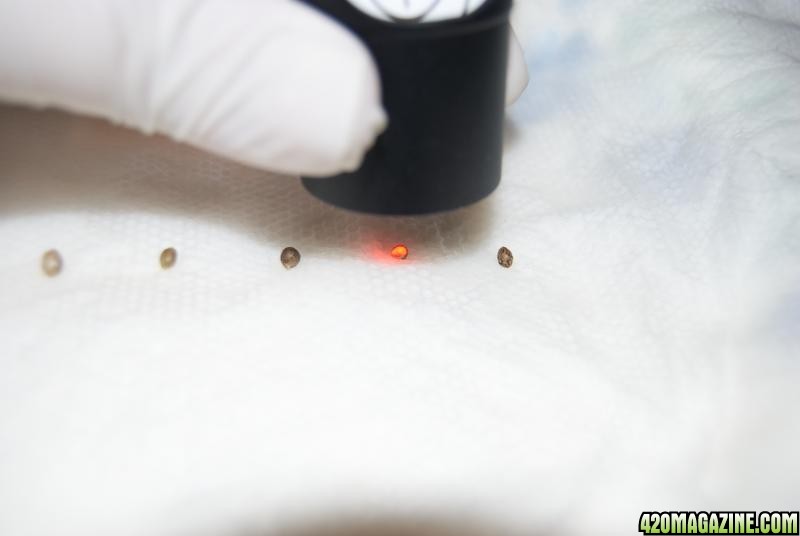
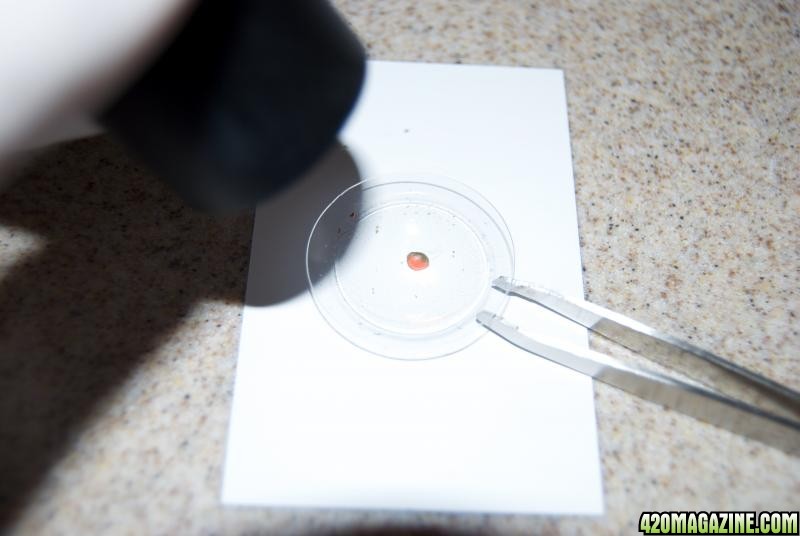
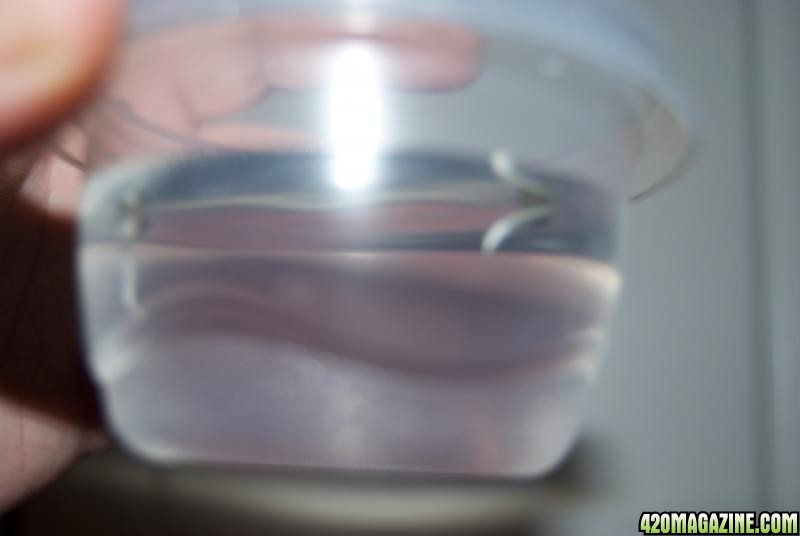
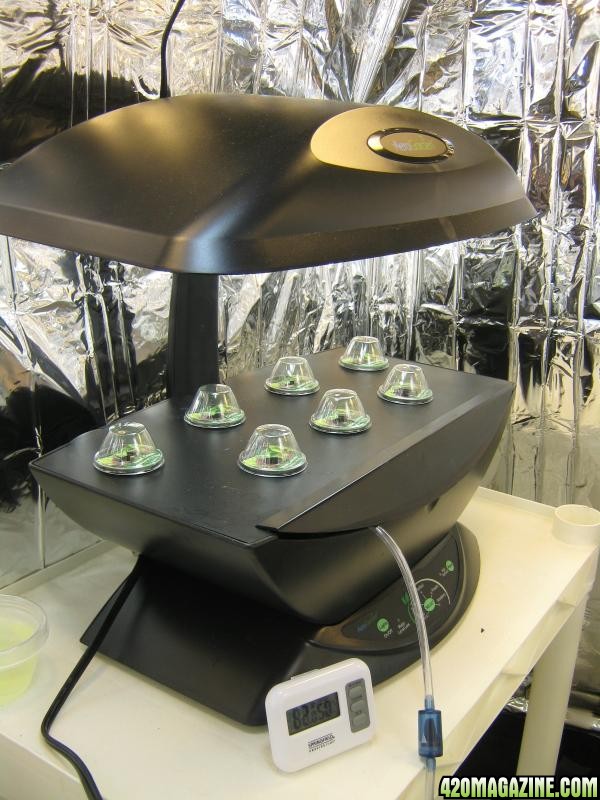
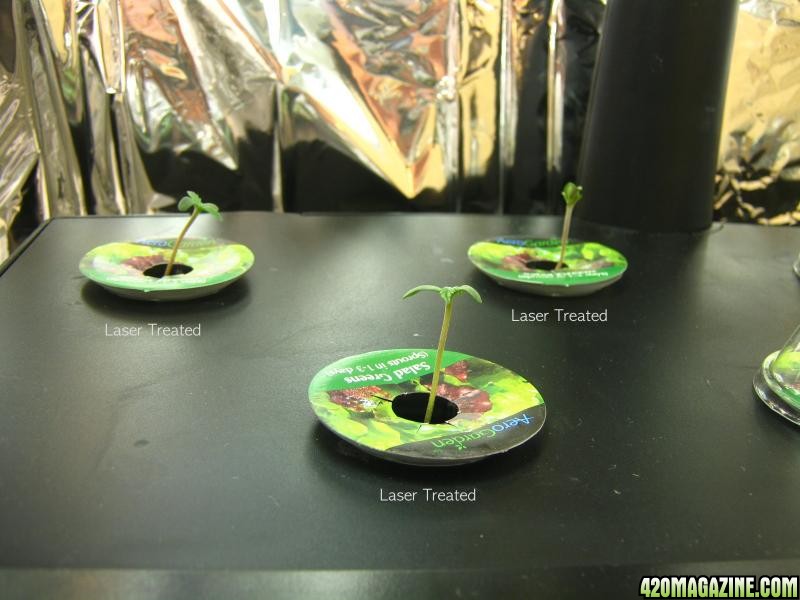
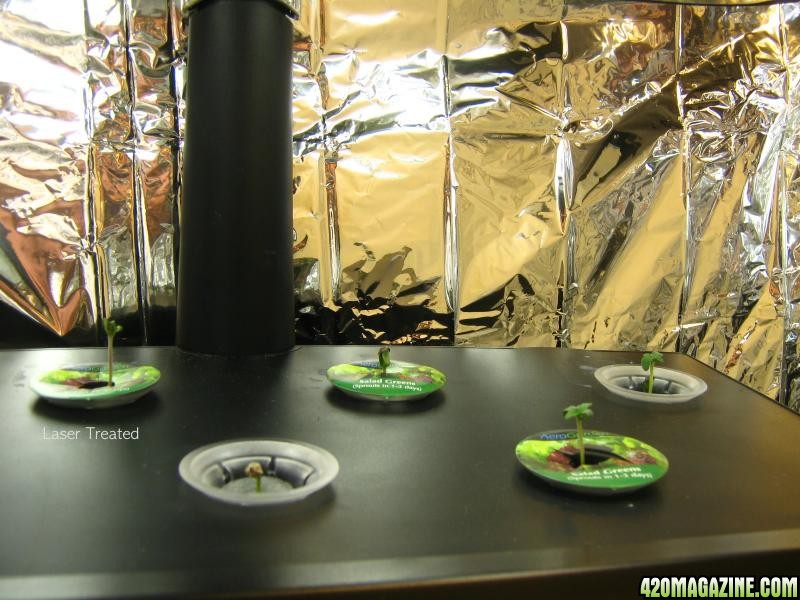
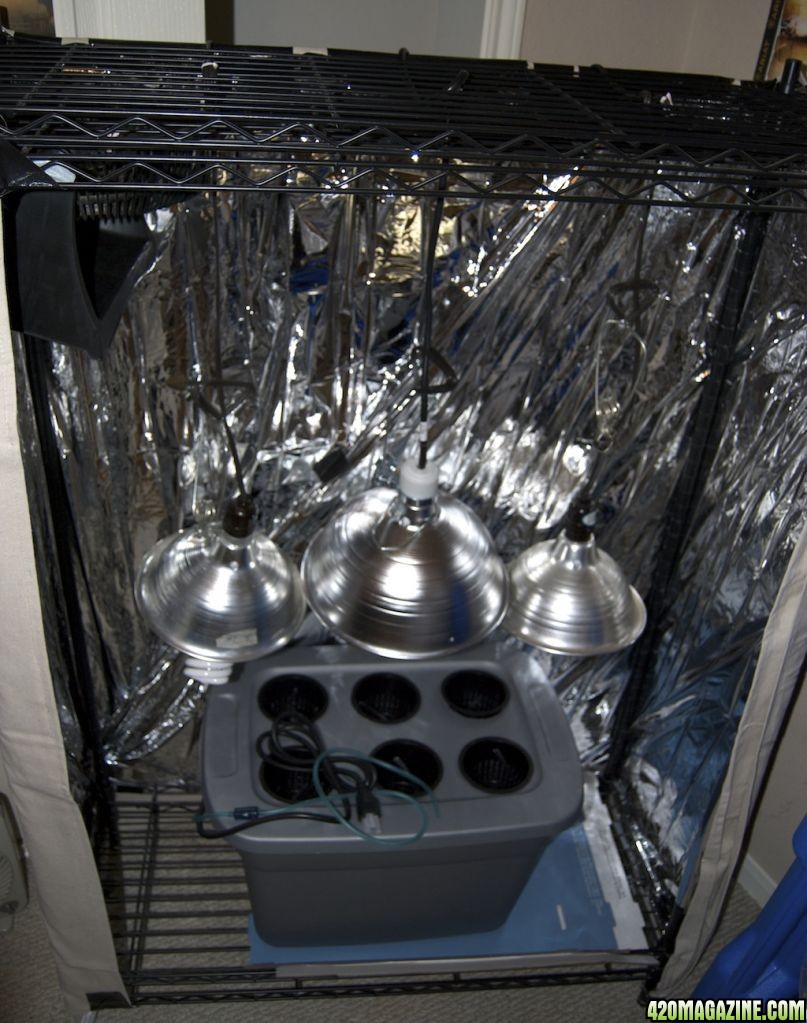
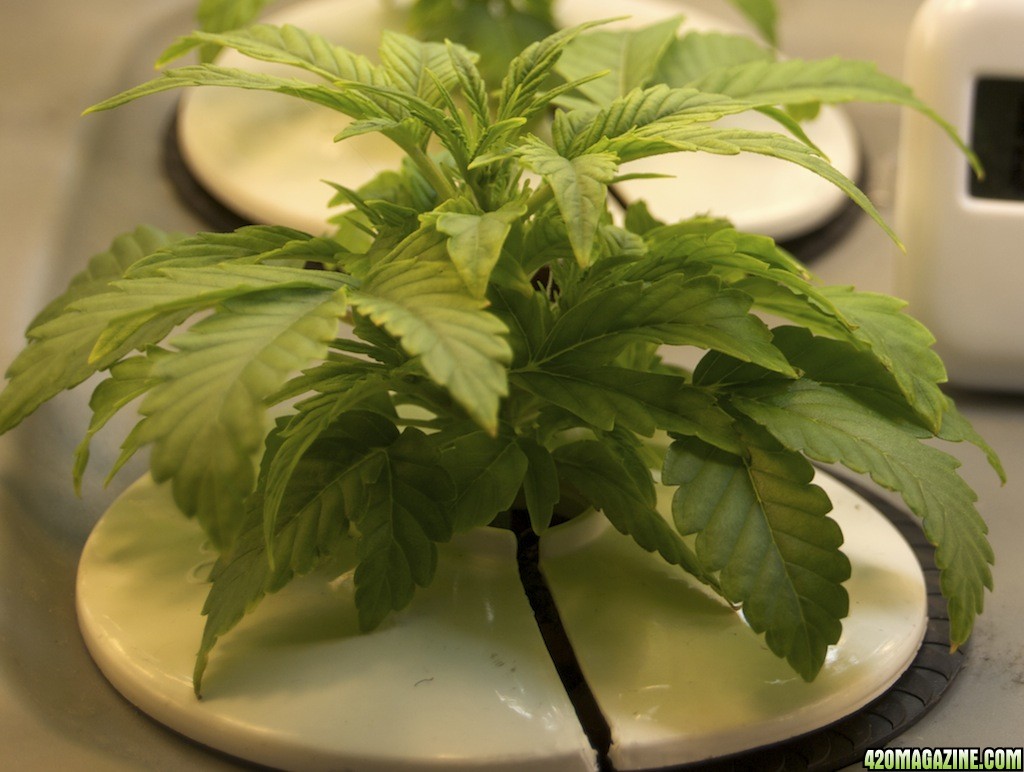
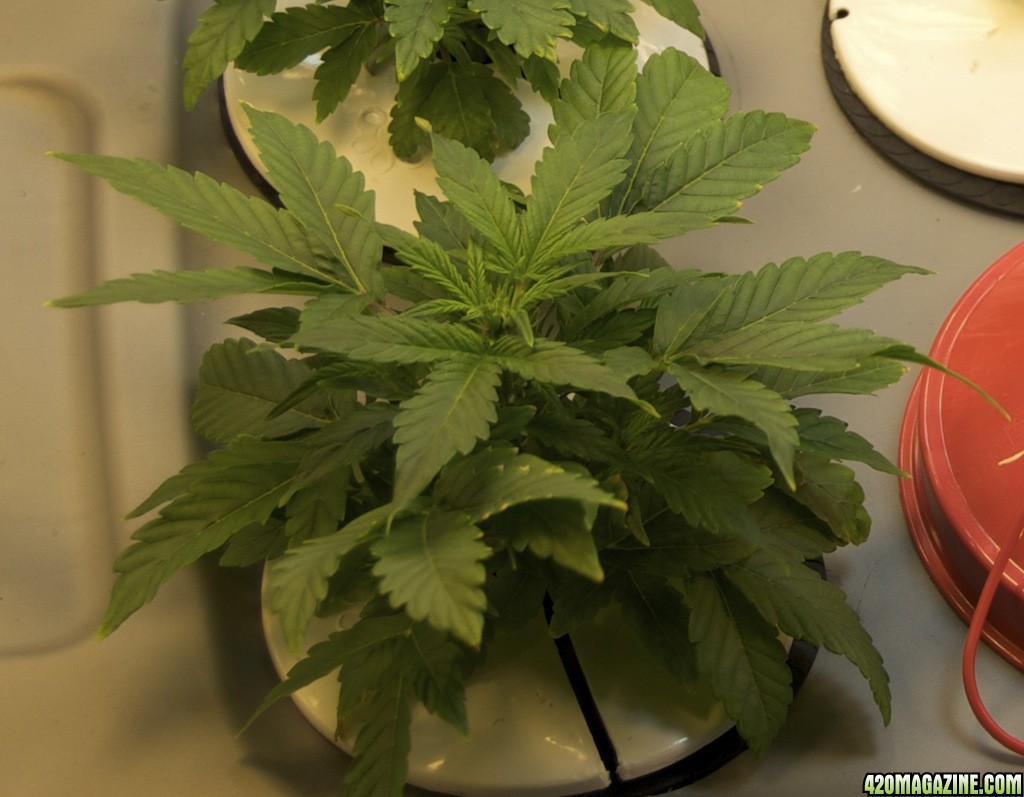


 We appreciate it. Nice job on the journal, BTW. I hope to see more people experimenting with this in the near future--!
We appreciate it. Nice job on the journal, BTW. I hope to see more people experimenting with this in the near future--!